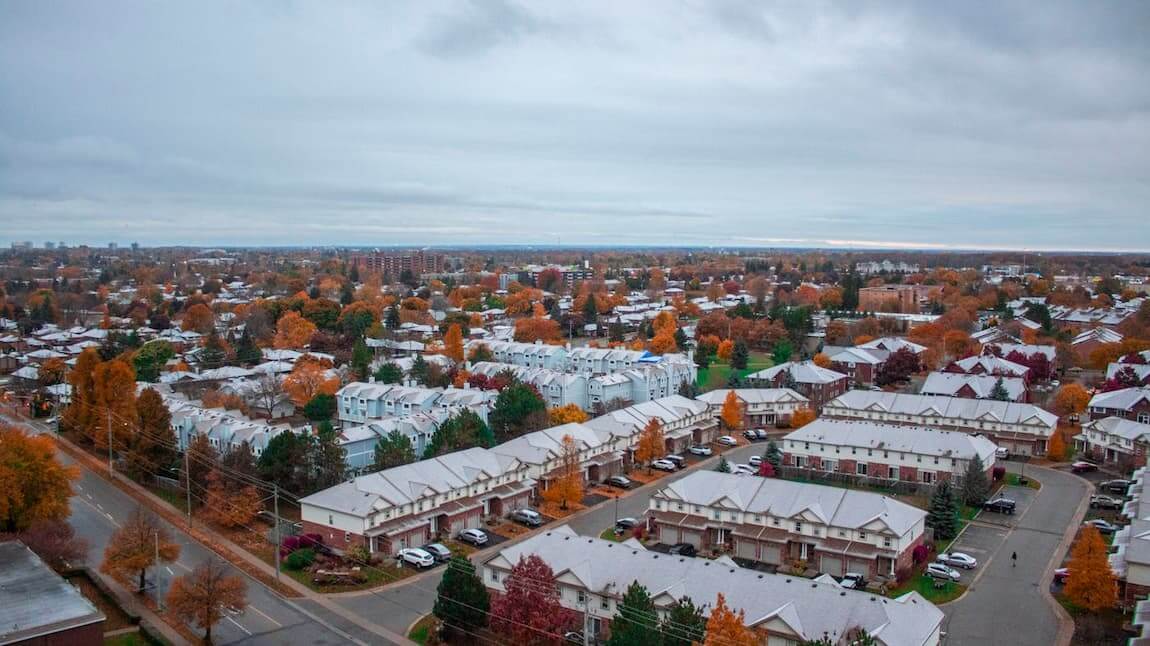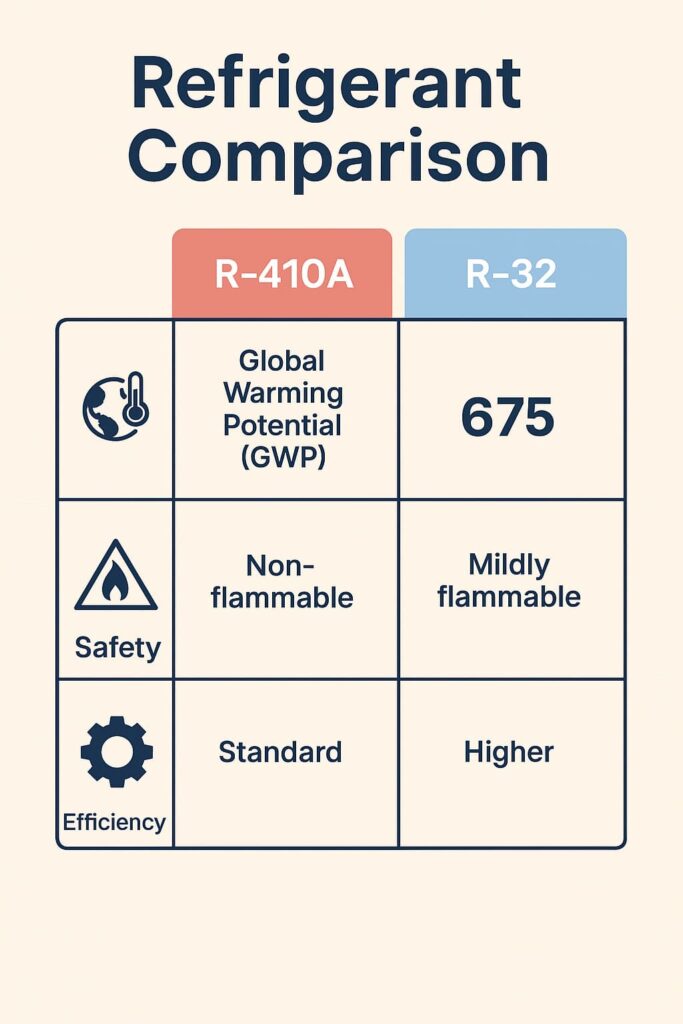Understanding the R-410A Phase-Out: What Ontario Homeowners Need to Know

If you own a home in Ontario and rely on central air conditioning or a heat pump, it’s important to understand the upcoming phase-out of R-410A refrigerant. This widely used substance is being gradually removed from the market due to its environmental impact. While the change may seem technical, it directly affects homeowners by influencing system repair costs, upgrade timelines, and long-term energy efficiency.
This article outlines why the phase-out is happening, what it means for your home, and how to prepare for the transition.
What Is R-410A and Why Is It Being Phased Out?
R-410A is a hydrofluorocarbon (HFC) refrigerant used in most air conditioners and heat pumps installed over the last two decades. While it replaced older ozone-depleting refrigerants like R-22, R-410A has a high global warming potential (GWP), making it a significant contributor to climate change.
To reduce greenhouse gas emissions, Canada is phasing down the use of high-GWP refrigerants as part of its commitment to the Kigali Amendment to the Montreal Protocol. This international agreement requires countries to reduce HFC consumption in stages, and Canada has set firm reduction targets starting in 2025.
Phase-Out Timeline and Regulatory Changes
The federal government will begin restricting the production and import of R-410A and other high-GWP refrigerants through a series of steps:
- 2025: First reduction phase begins, limiting new imports of high-GWP refrigerants
- 2026–2036: Further reductions in availability and higher regulatory pressure
- Post-2036: Only low-GWP refrigerants allowed in new systems
HVAC manufacturers are already responding by developing and selling equipment that uses next-generation refrigerants such as R-32 and R-454B.

How This Affects Ontario Homeowners
Homeowners may not be required to replace their HVAC systems immediately, but the phase-out will influence key areas:
1. Increased Maintenance Costs
As R-410A becomes less available, the cost of recharging older systems will rise. If your system experiences a leak or requires a refrigerant top-up, you may face significantly higher service fees.
2. Limited System Replacement Options
Most HVAC manufacturers are transitioning away from R-410A, which means new systems sold after 2025 will use alternative refrigerants. Homeowners looking to replace an older unit may find fewer R-410A-compatible options on the market.
3. Potential Incentives for Early Upgrades
Government programs aimed at reducing residential emissions may offer incentives for upgrading to energy-efficient, low-GWP systems. Getting ahead of the regulatory curve could qualify homeowners for rebates or financing support.
Recommended Actions for Homeowners
Now is the right time to assess your current HVAC setup and prepare for the coming changes. Here are four practical steps Ontario homeowners can take:
- Determine your system’s refrigerant – Ask your HVAC provider to confirm if your unit uses R-410A.
- Schedule a professional inspection – A licensed technician can evaluate the condition of your system and advise whether an upgrade is necessary.
- Research newer systems – Learn about models using R-32 or R-454B, which offer lower GWP and improved efficiency.
- Plan financially – Factor future HVAC replacement into your home maintenance budget to avoid surprises.
New Refrigerant Alternatives
Two of the most promising R-410A replacements are:
- R-32: Offers approximately one-third the GWP of R-410A, with high energy efficiency. Already used in many residential systems worldwide.
- R-454B: A newer alternative with even lower GWP and growing adoption among leading manufacturers.
These alternatives are approved for residential use and meet evolving safety and performance standards.
The R-410A phase-out represents an important shift in HVAC technology and environmental responsibility. While homeowners are not required to act immediately, it is essential to plan for the future. Transitioning to a compliant system ensures ongoing comfort, energy savings, and regulatory compliance.To learn more or schedule an HVAC assessment, contact the team at HVAC Near Me. Our licensed technicians can help you navigate the transition and recommend the most efficient and future-ready solutions for your home.
FAQs
Can I still use my existing R-410A system after 2025?
Yes. Existing systems are not banned, but servicing them may become more expensive and challenging over time.
Are new refrigerants safe?
Yes. Alternatives like R-32 and R-454B are considered safe for home use under current installation and operation guidelines.
Will there be government rebates?
Possibly. Federal and provincial programs are expected to offer incentives for homeowners who upgrade to environmentally friendly systems. Monitor official channels for updates.
